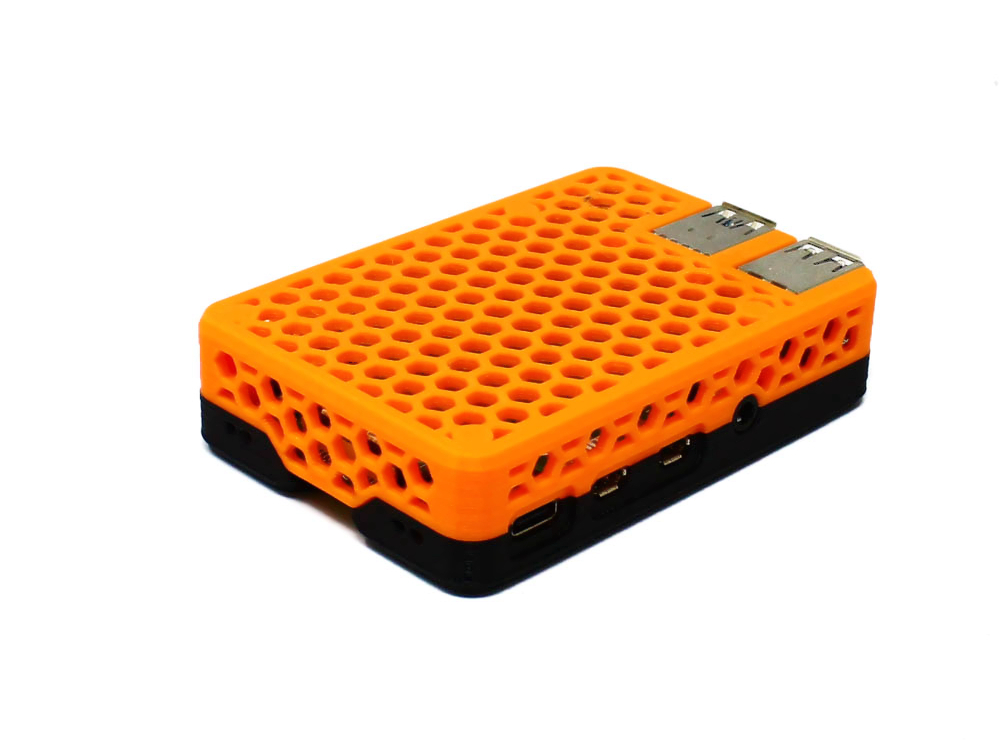Sleek And Functional 3D Printed Plastic Casings Enhance Consumer Electronics Innovation
Introduction
Plastic 3D printing is pushing the boundaries of consumer electronics by delivering sleek, lightweight, and highly functional casings for next-generation devices. Using advanced plastic 3D printing technologies such as Fused Deposition Modeling (FDM), Stereolithography (SLA), and Multi Jet Fusion (MJF), high-performance plastic materials like ABS, PETG, and Nylon (PA) enable durable, aesthetic, and highly customized enclosures for electronic innovation.
Unlike traditional injection molding or machining, plastic 3D printing for consumer electronics allows rapid design iteration, complex surface finishing, lightweight optimization, and cost-effective small-batch production.
Applicable Material Matrix
Material | Tensile Strength (MPa) | Elongation at Break (%) | Surface Quality | Thermal Resistance (°C) | Consumer Electronics Suitability |
|---|---|---|---|---|---|
30–50 | 5–40 | Good | ~95 | Smartphone casings, electronic shells | |
45–50 | 15–25 | Excellent | ~70–80 | Transparent and durable enclosures | |
50–80 | 20–50 | Very Good | ~120 | Lightweight durable device frames | |
60–70 | 90–110 | Excellent | ~130–140 | Impact-resistant casings | |
50–70 | 5–10 | Good | ~60 | Prototyping housings | |
45–55 | 20–30 | Very Good | ~90–100 | UV-resistant outdoor electronics casings |
Material Selection Guide
ABS: With excellent impact resistance and good surface quality, ABS is widely used for durable, stylish smartphone cases, remote controls, and electronic housings.
PETG: Offering high clarity and toughness, PETG is ideal for transparent or semi-transparent enclosures like wearable devices and smart home products.
Nylon (PA): Combining flexibility, strength, and wear resistance, Nylon is perfect for lightweight internal frames, hinges, and moving parts within consumer devices.
PC (Polycarbonate): Known for outstanding impact strength and heat resistance, PC is used for rugged electronics, protective gear, and critical safety housings.
PLA: Easy to print and cost-effective, PLA is best suited for rapid prototyping of casings and concept designs.
ASA: Featuring superior UV resistance and good mechanical strength, ASA is ideal for outdoor electronic applications such as smart meters and solar controllers.
Process Performance Matrix
Attribute | Plastic 3D Printing Performance |
|---|---|
Dimensional Accuracy | ±0.1 mm |
Surface Roughness (As-Printed) | Ra 5–15 μm |
Layer Thickness | 50–200 μm |
Minimum Wall Thickness | 0.8–1.5 mm |
Feature Size Resolution | 300–600 μm |
Process Selection Guide
Complex Aesthetic Geometries: 3D printing allows for seamless transitions, organic curves, integrated buttons, and branding directly in the casing without secondary machining.
Lightweight and Durable: Materials like Nylon and PC enable structurally strong yet lightweight electronics housing, improving portability and user comfort.
Rapid Iteration: Design changes can be incorporated quickly into new casing versions without mold retooling, accelerating product development.
Surface Finishing Flexibility: Post-processing like vapor smoothing, painting, or texturing enables a premium look and feel comparable to mass-produced products.
Case In-Depth Analysis: PETG 3D Printed Wearable Electronics Casings
A wearable technology company required fast development of transparent, durable casings for a new fitness tracker line. Using our plastic 3D printing service with PETG, we fabricated enclosures achieving high optical clarity, tensile strength of ~50 MPa, and fine surface finish. The lightweight, impact-resistant casings passed drop tests and environmental cycling for sweat, UV, and mechanical wear. Post-processing included surface polishing and dyeing for aesthetic enhancements, matching branding requirements.
Industry Applications
Consumer Electronics
Smartphone accessories and housings.
Wearable device casings (fitness trackers, smartwatches).
Remote controls, smart home device shells.
Medical Devices
Lightweight medical monitoring device enclosures.
Handheld diagnostic equipment shells.
IoT and Smart Home Technology
Protective enclosures for sensors and smart hubs.
Outdoor weather-resistant electronic casings.
Mainstream 3D Printing Technology Types for Plastic Consumer Electronics Parts
Fused Deposition Modeling (FDM): Ideal for durable, functional prototypes and short-run production of plastic casings.
Stereolithography (SLA): Best for high-detail, smooth-surface casings requiring premium aesthetic finishes.
Multi Jet Fusion (MJF): Suitable for batch production of strong, precise, and consistent parts.
FAQs
What plastic materials are best for 3D printed consumer electronics casings?
How does plastic 3D printing improve the design and functionality of electronic housings?
What post-processing methods enhance the surface quality of 3D printed plastic casings?
Can 3D printed plastic casings achieve the durability required for daily-use devices?
How does 3D printing accelerate product development for wearable and smart home electronics?

